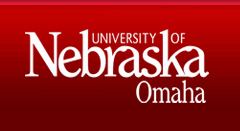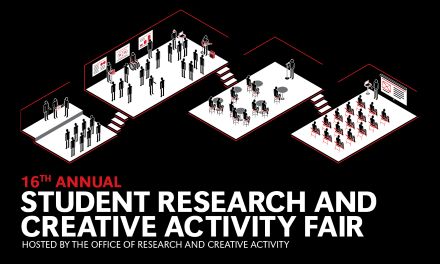Get Your Groom On: Inducing Social Grooming to Boost Marmoset Well-Being
Advisor Information
Jonathon Clayton
Presentation Type
Poster
Start Date
26-3-2021 12:00 AM
End Date
31-3-2021 12:00 AM
Abstract
Marmosets are highly social primates who regularly engage in reciprocal social grooming, which helps to combat external stressors by modulating cortisol levels by facilitating social cohesion and well-being through the enhancement of social bonding. This expression of reciprocal social grooming is influenced by a variety of factors and may be an important indicator of animal welfare. Through this study, we aimed to determine whether interventions such as increased light intensity, heat lamps, and added enrichment would increase rates of social grooming behaviors and important welfare outcomes of grooming including measures of their physical appearance (fur condition) and behavioral and physiological (cortisol) markers of stress. We found differential behavioral and physiological responses to each of the interventions, suggesting that our data supports the idea that manipulating abiotic factors in the environment can result in changes of animal welfare. Determining which factors can directly enhance the rates of social grooming will lead to large improvements animal welfare in captive marmosets by non-invasively reducing their overall levels of stress. Further research will be needed to understand the long-term effects of these changes, whether these effects are mediated by other biological variables, and how habituation to the abiotic interventions can positively enhance animal welfare.
Scheduling Link
1
Get Your Groom On: Inducing Social Grooming to Boost Marmoset Well-Being
Marmosets are highly social primates who regularly engage in reciprocal social grooming, which helps to combat external stressors by modulating cortisol levels by facilitating social cohesion and well-being through the enhancement of social bonding. This expression of reciprocal social grooming is influenced by a variety of factors and may be an important indicator of animal welfare. Through this study, we aimed to determine whether interventions such as increased light intensity, heat lamps, and added enrichment would increase rates of social grooming behaviors and important welfare outcomes of grooming including measures of their physical appearance (fur condition) and behavioral and physiological (cortisol) markers of stress. We found differential behavioral and physiological responses to each of the interventions, suggesting that our data supports the idea that manipulating abiotic factors in the environment can result in changes of animal welfare. Determining which factors can directly enhance the rates of social grooming will lead to large improvements animal welfare in captive marmosets by non-invasively reducing their overall levels of stress. Further research will be needed to understand the long-term effects of these changes, whether these effects are mediated by other biological variables, and how habituation to the abiotic interventions can positively enhance animal welfare.

